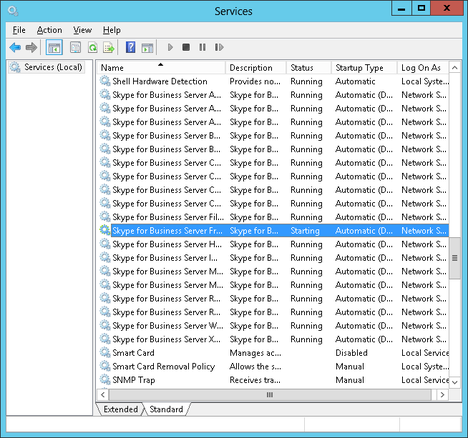
However, we will specifically look at traffic and protocols used in A/V Conferencing and Application Sharing in a separate the paper in this series. It intentionally does not show the traffic and protocols within the SfB On-Premise environment between the various Servers and their roles. The diagram also provides an indication of the external traffic and protocols through the Edge Pool, Reverse Proxy and ADFS Proxy into the Skype for Business environment. The above diagram shows the servers in a typical On-Premise Skype for Business 2015 deployment that supports video conferencing, web and audio conferencing, VIS, instant messaging (IM), application sharing and PBX replacement and/or integration. It is recommended that you look all the papers listed below for a background into Skype for Business and a detailed explanation about the Codecs, Protocols, Procedures and some of the available solutions Whilst Lync 2013 has now been renamed Skype for Business 2015, it is generally backwards compatible with Lync Server 2013.


The paper is specifically based on Skype for Business 2015. Within these papers, the terms Lync, Skype, Skype for Business and SfB, unless stated otherwise, all refer to Skype for Business Server 2015. With reference to the On-Premise deployment diagram, we will show all the Skype for Business 2015 servers and discuss each server's roles and functions with the aim of helping you to determine what actual servers you need for your specific Skype for Business deployment. Hence, it will focus on the communications used in A/V Conferencing and Application Sharing.

#Skype for business 2015 install guide series
This paper shows the Skype® for Business 2015 - (Lync® 2013) Servers in a typical On-Premise deployment and discusses the Roles and their Functions as Part 2 of a series that specifically looks at Microsoft Skype for Business 2015 (Lync 2013) and the challenges and solutions for integrating Skype for Business 2015 with H.323 or SIP standards compliant videoconferencing systems.


 0 kommentar(er)
0 kommentar(er)
